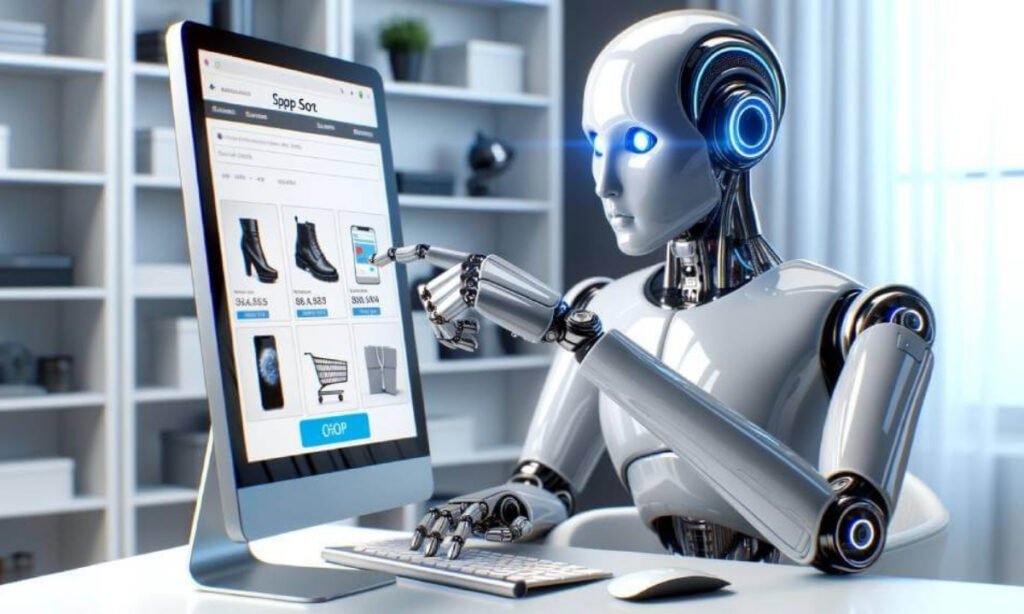Ever searched for a flight only to find the price jumping within hours? You check again later and it’s different. Welcome to the new age of algorithmic pricing, where AI decides what you should pay based on who it thinks you are and what it thinks you can afford.
Artificial intelligence is quietly reshaping how businesses set prices online. While dynamic pricing has existed for decades, AI-driven personalized pricing takes it further by tailoring costs to individual users using personal data. The result is that the same product might not cost the same for everyone.
But as powerful as this technology is, it also raises serious concerns about fairness, transparency, and consumer rights.
Dynamic vs Personalized Pricing: What’s the Difference
Dynamic pricing is nothing new. Airlines, hotels, and ride-hailing apps have long adjusted prices based on demand, time, and availability. Think of Uber’s surge fares, airline ticket spikes during holidays, or hotel prices doubling during major events.
Personalized pricing, however, adds another layer. It uses your personal data to predict what you’re willing to pay. AI analyzes your browsing habits, search history, device type, and even location to adjust prices just for you.
That means two people shopping for the same phone or booking the same hotel room at the same time might see completely different prices. Frequent buyers might be charged a little extra, while users who often abandon carts might be offered discounts to seal the deal.
In Europe, regulators define personalized pricing as “price differentiation for identical products or services at the same time based on information a trader holds about a potential customer.”
Simply put, dynamic pricing reacts to the market, while personalized pricing reacts to you.
How It All Began From Airlines to Everything Online
The idea of changing prices based on customer behavior started with airlines in the 1990s. Once deregulated, airlines used yield management which meant adjusting fares based on how many seats were left and how close it was to the departure date.
Then came personalization. Airlines began combining this with social media data, browsing history, and purchase behavior to tailor offers to individual customers.
Hotels quickly followed. They began testing custom offers like member only discounts for loyal guests or lower rates for users who lingered too long on a booking page.
Today, this model is everywhere. From ride-share apps and e-commerce sites to streaming platforms and grocery stores, AI-powered personalized pricing has become the new normal.
How AI Personalizes Prices Using Your Data
Every action you take online from mouse clicks to scrolling time, location, and shopping frequency helps AI build a digital profile of you.
Machine learning algorithms then analyze this data to predict your willingness to pay and assign a price accordingly.
For instance, Booking.com used AI models to determine which users should get special deals without overshooting budgets leading to a 162 percent jump in sales.
So next time you refresh a booking page and see the price change, remember it might not be random. It might be personal.
Why Personalized Pricing Can Backfire
While personalized pricing can boost profits and tailor offers, it comes with major risks for both consumers and companies:
1. Fairness Issues
Using data like postcodes or device types to determine prices can unintentionally discriminate against lower-income groups. Two families in the same neighborhood could end up paying very different rates.
2. Loss of Trust
Nothing angers a shopper more than discovering someone else paid less for the same item. Once customers feel cheated, they start browsing incognito, switching devices, or clearing cookies all to beat the algorithm.
3. Accountability Problems
If an algorithm sets an unfair or discriminatory price, who’s responsible: The company, the data scientist, or the AI itself The lack of transparency makes regulation complex.
Regulators Are Taking Notice
In Australia, the Australian Competition and Consumer Commission (ACCC) has flagged AI-driven pricing as a growing concern.
A major review in June 2025 highlighted algorithmic transparency, unfair trading practices, and consumer harm as key issues.
The ACCC concluded that current laws are inadequate and called for
- Stronger control over digital platforms
- New rules against unfair trading
- Mandatory disclosure of pricing algorithms
Other countries are expected to follow as global regulators catch up with the fast-evolving world of AI in commerce.
The Big Question Smart Pricing or Digital Manipulation
AI-driven pricing can make markets more efficient by offering tailored discounts, improving sales, and rewarding loyalty.
But it can also feel spooky and invasive, like being watched every time you shop.
The challenge for companies is to use AI ethically and transparently, ensuring customers understand how prices are set. The challenge for regulators is to keep up before trust in digital commerce erodes completely.
Because in this new world, your price might not just depend on the market it might depend on you.



2 Comments
Pingback: OpenAI Launches Atlas Browser to Challenge Google Chrome
Pingback: WhatsApp Tests Message Limits to Reduce Spam in Chats